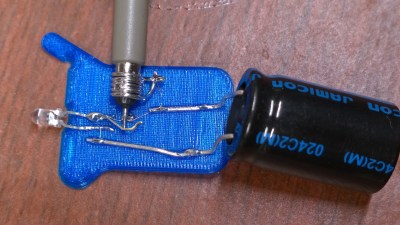The first five weeks of the Hackaday Prize have flown by but many of you have already been busy, submitting over 400 entries! For those that haven’t (or for those considering a second entry) there’s still time. You have until 7am PDT on Monday 4/25 to Design Your Concept.
20 Entries Will Win $1000
This is the round that everyone should enter. It’s all about documenting your idea to solve a technology problem; showing you have a plan that will lead to success. From this first challenge, 20 entries will be selected to win $1000 each and move on to the final round of the 2016 Hackaday Prize.
 Design with a Team During World Create Day
Design with a Team During World Create Day
That’s right, you don’t need to build anything to be eligible for this round. It’s the perfect opportunity to get your engineering dream team together for an afternoon and come up with that impressive design concept. We’re making this even easier with Hackaday World Create Day. This Saturday, 4/23, there will be Hackaday Meetups all over the world. Show up, brainstorm your concept, and submit it as an entry. Many of the World Create Day meetups have more in store, like talks and socializing. Don’t miss this opportunity to meet the Hackaday community in your town!





















